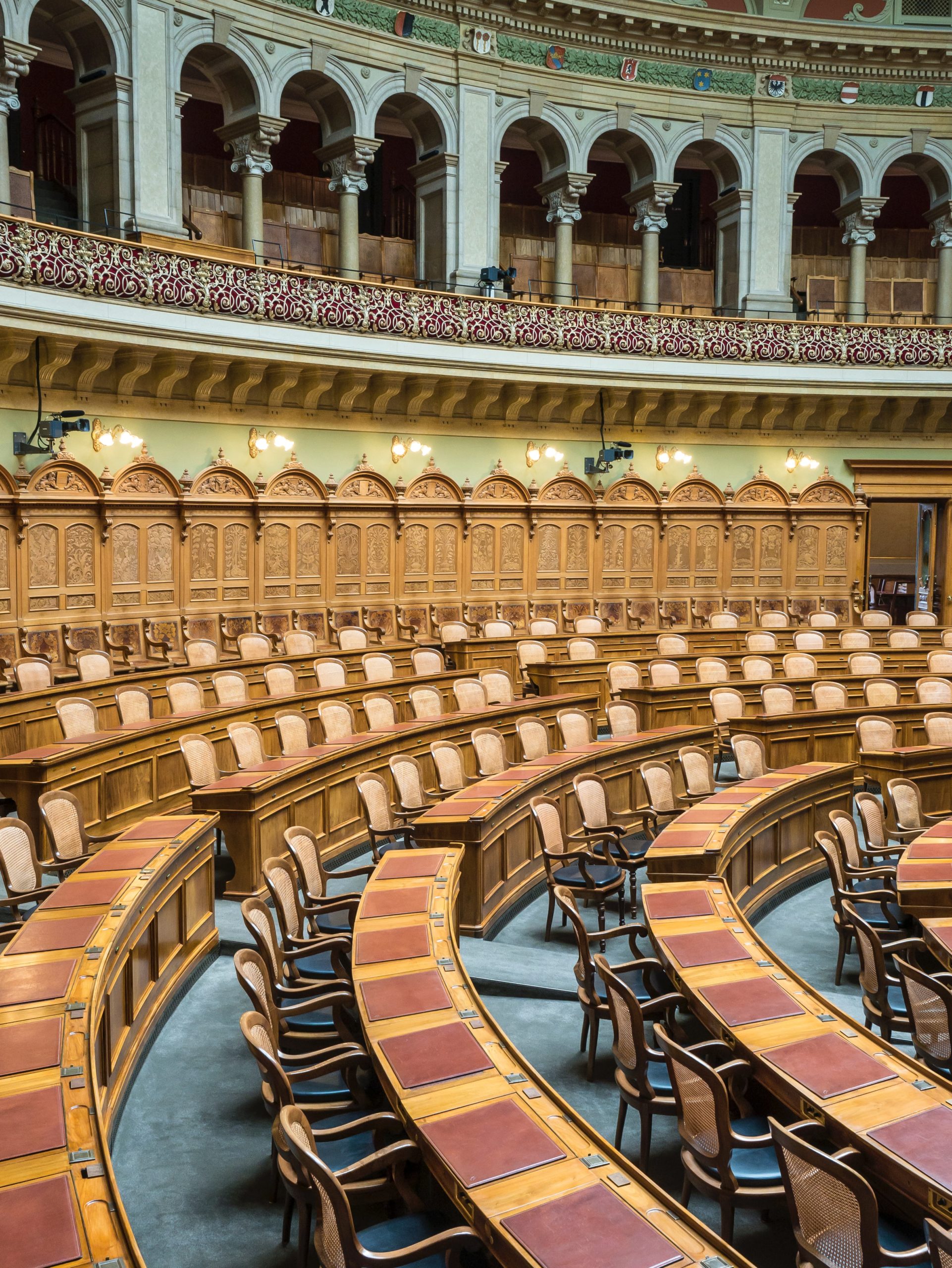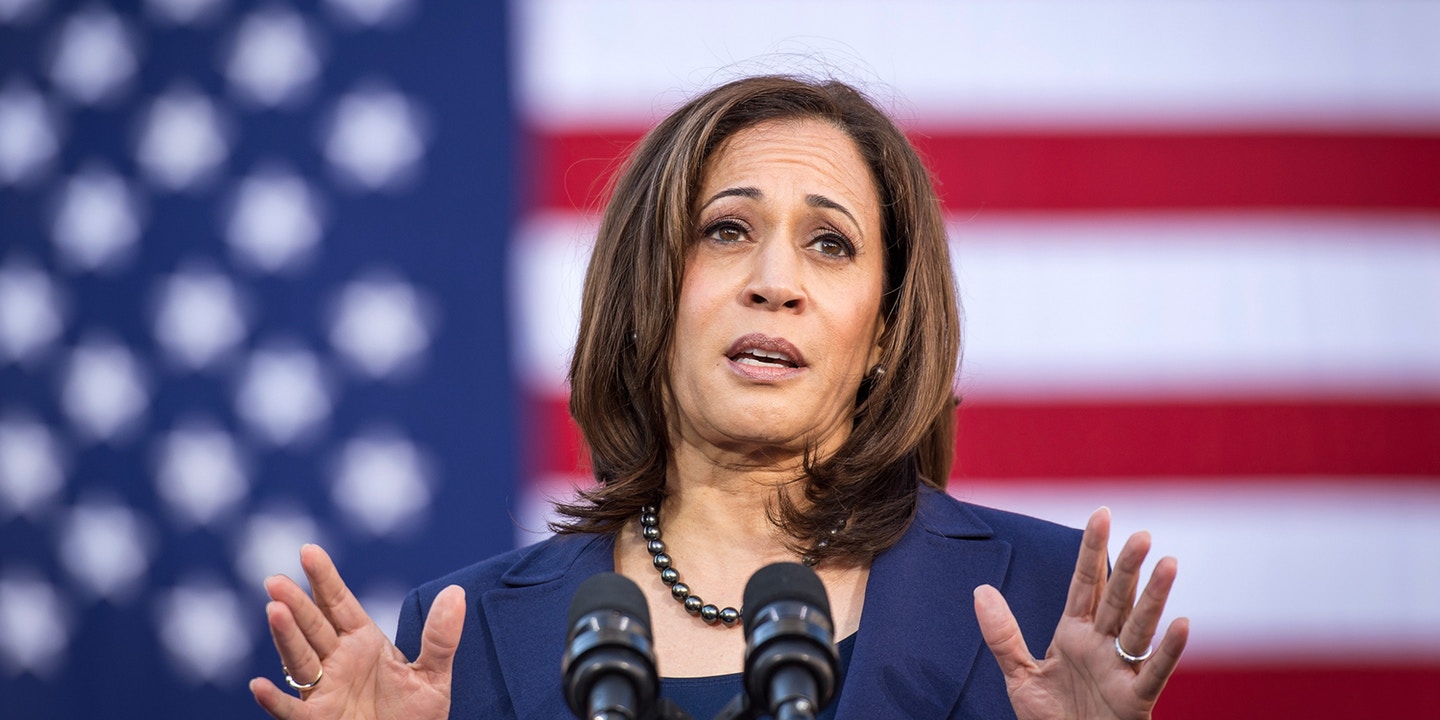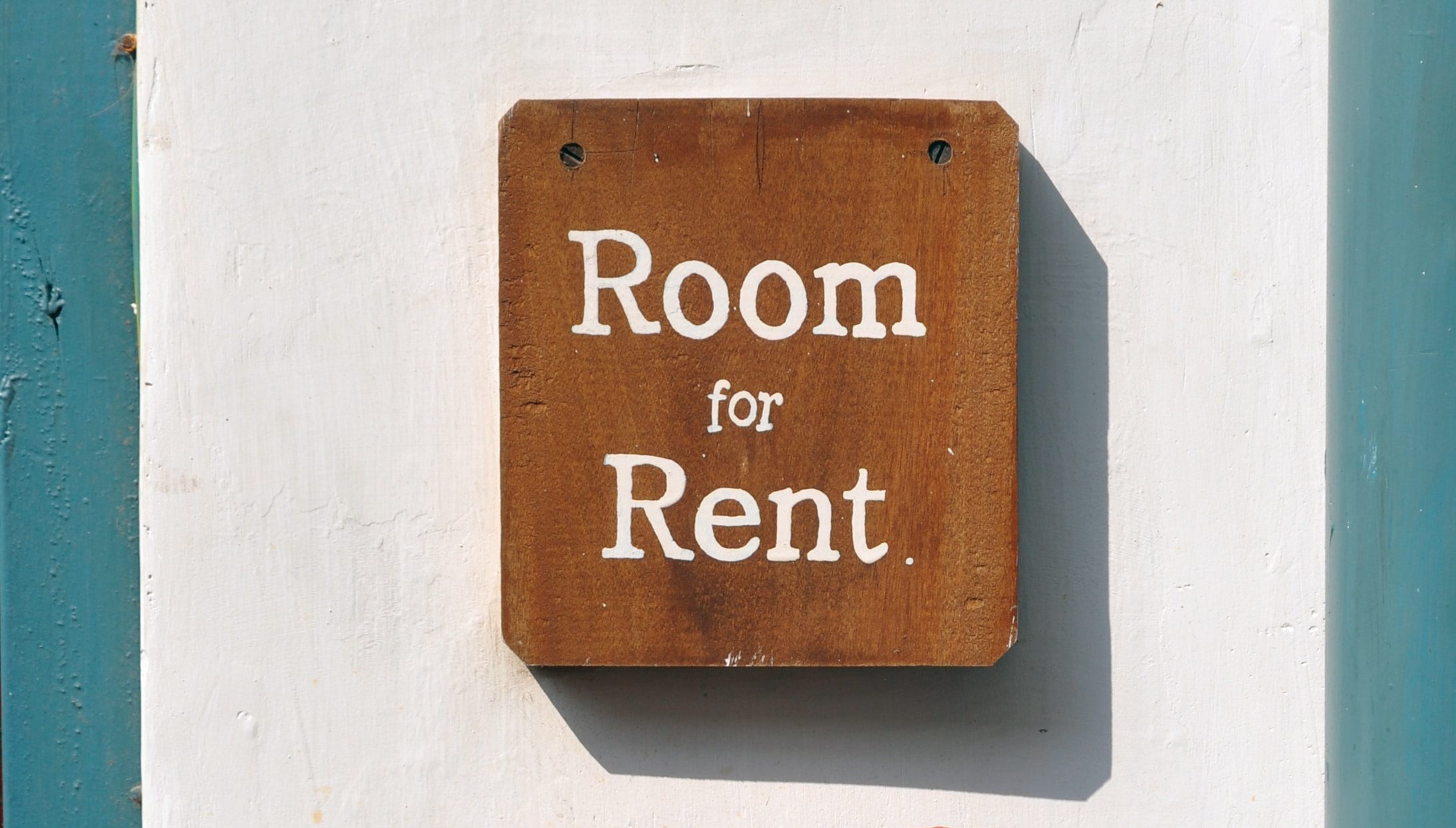In the most recent elections, the number of women nominated by parties has increased. After the 2021 election, women now hold 30 percent of seats in our House of Commons. In the world rankings of gender parity, we sit at the 52nd position (DASKO 2021). In the eyes of many, this would be considered a win, but these results are still inadequate. These numbers are a clear indication that our journey to gender parity is far from over. Without gender parity in the Canadian government, those who represent our country will not be representative of our population, demonstrating inequity and potential bias.
Many factors contribute to the low amount of female representation in Canadian politics. One of the key contributors is the nomination of women. Women are more likely to be nominated in a riding that is harder to win (Vecchio 2019).
A stronghold is defined as a riding which has been represented by the same party for two consecutive years and won the election by a ten percent vote margin (Vecchio 2019). In the 2019 election, only 23 percent of candidates running in strongholds were women. There were only 14 women placed in strongholds in total, while there were 48 men as candidates in their party’s strongholds (Ouellet and News 2019). During this election period, it was found that men were three times more likely to hold a party’s stronghold and were elected more often (Ouellet and Nael 2019). It was also found that both men and women who are elected in party strongholds have around the same chances of being elected (Thomas 2019). It is not the voters who are reluctant to vote for women, it is the parties who put women in more challenging positions to win. We must have an equal number of women in power compared to men because as leaders women prioritize different topics and can offer contemporary points of view on certain issues.
There are many ways in which the issue of women’s underrepresentation in Canadian politics can be ameliorated. When trying to identify where the root of the issue stems from, the numbers confirm that it is not voters, but the political parties that are reluctant to increase female representation. To reduce the gap, political parties could nominate an equal number of both male and female candidates. This would disrupt the previous structure and make it challenging for political parties to have a disproportionate number of women in ridings they will not win. It would also help if the government were to adopt a definition of “stronghold riding” and report the results post-election by gender/sex. Political parties are the ones who need to commit. Studies have shown that women are more likely to run when their local party leadership has a woman in power (Thomas 2019). It has also been shown that women take longer to decide whether they want to run or not and often need more convincing (Thomas 2019). This finding suggests that parties should recruit women on an ongoing basis rather than directly before an election.
Gender quotas and party incentives are other proven methods of increasing women’s representation in Canada. Sweden, New Zealand, Mexico and Rwanda are all countries that have adopted a gender quota and are ranked within the top ten countries globally for women’s representation in their Parliament systems (Vecchio 2019). Financial incentives are another way to entice political parties to increase female representation (Vecchio 2019). Parties, or even women elected to office, could receive a subsidy. New Brunswick attempted to do this provincially, where a party would receive a subsidy based on the most votes, but any votes that were for a female candidate weighed 1.5 greater than those of males (Poitras 2017). This would encourage parties not only to nominate more women candidates but to also put them in ridings they are more likely to win.
Many of these ideas to increase women’s representation in Canadian politics have been scrutinized. People have expressed that a quota forces women to be nominated for their gender and not because of their political ability. Others may argue that if there is a gender quota there should also be quotas for other underrepresented groups as diversity expands further than just gender. Thirdly, it has been stated that quotas go against the true meaning of democracy and voters should elect who they want to be representing them (Vecchio 2019). Some believe that the gender gap stems from ambition differences between men and women. (CBC News 2015).
The current research draws the conclusion that change needs to occur in Canada’s Parliament, specifically the nomination process. It is time to emphasize the issue of gender parity in our politics. Women deserve to be treated fairly and given equal chances to win. Political parties must adopt some of the suggested methods to increase women’s representation amongst themselves and create a proportional representation system.





